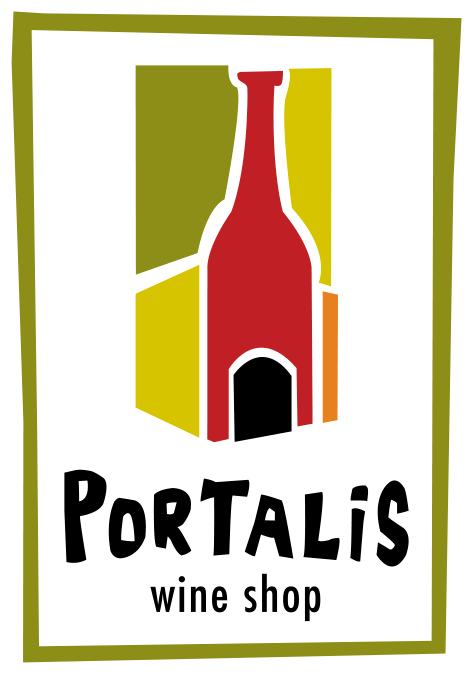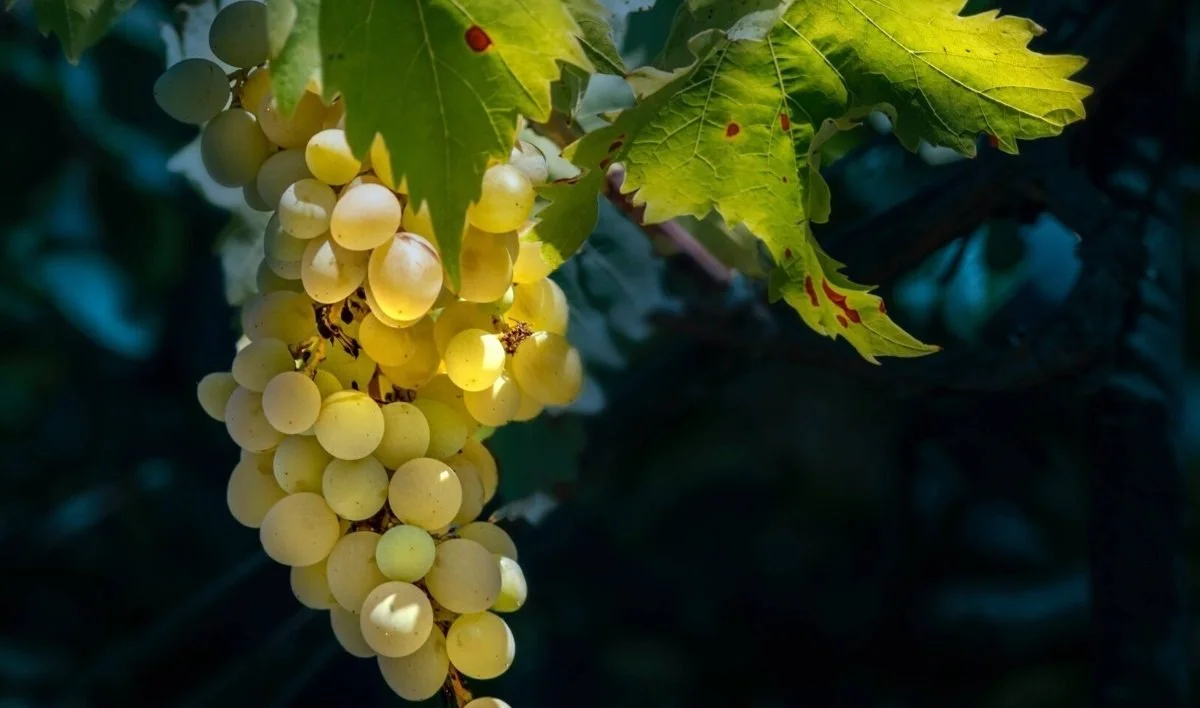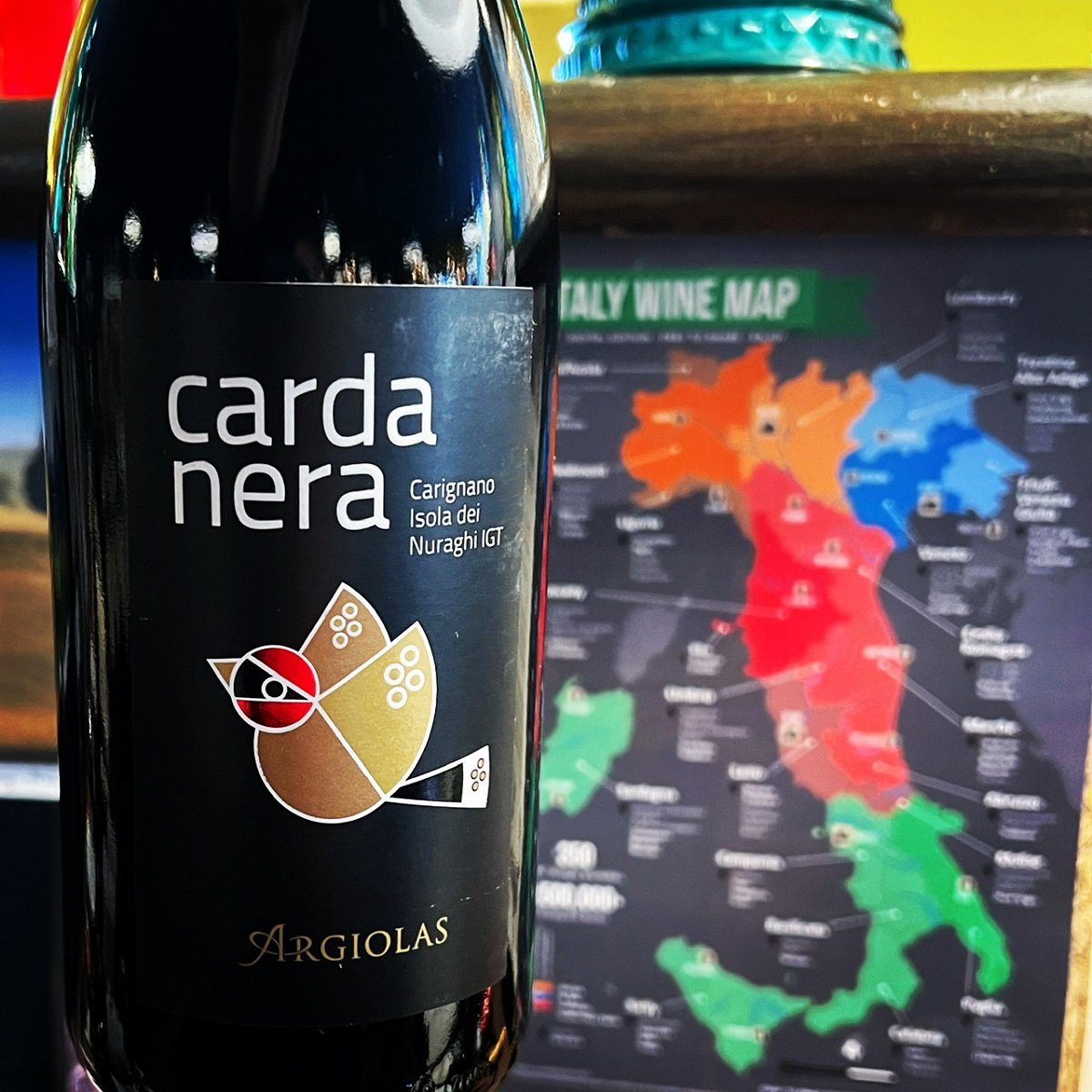10 Grapes to Get to Know
ERIC ASIMOV, CHIEF WINE CRITIC, NYTIMES
Assyrtiko • Sellas Winery • Peloponnese, Greece
It’s always fun to get inspiration from other minds in the wine world. Eric Asimov has been the chief wine critic at the New York Times since 2004, and has been writing about wine, food & restaurants for more than 30 years.
He writes a great column, and this one is particularly fun. His basic premise is that wine choices can be overwhelming (mainly because we have so many wines available to choose from), so gave a handful of grapes that you’re interested in trying, march into your local wine merchant, and see what they have to meet the challenge. We had a customer do that a couple days ago with his list in hand! It was a fun exchange, so we decided to spread the love.
Here’s the full article if you are interested. In the meantime, “here are 10 grapes to get to know. You don’t even need to try them all. Just pick a few. These are not all esoteric or obscure. You may have encountered them before. But they all promise great pleasure and will reward exploration. Think of this as a treasure map for navigating through thorny thickets to a pot of gold, or 10. Here they are in alphabetical order.” —Eric Asimov
First we’ll list the grape, then Asimov’s notes in quotes, then we’ll suggest a sample to try:
ASSYRTIKO
“Twenty-five years ago, few people outside of Santorini, the volcanic Greek island in the Aegean Sea, knew of this white grape. Now you can find it all over, and not just in Greek restaurants. That’s because its energetic saline and stony mineral flavors can be reminiscent of white Burgundy but with its own distinctive raciness. Assyrtiko is wonderful with many seafood dishes. It’s now made in other parts of Greece as well, and I’ve even seen assyrtiko from California. But the best are still from the Aegean Islands. Look for producers like Gai’a, Argyros, Hatzidakis, Sigalas and Xydakis.”
Sellas 2023 Rizes White • Peloponnese, Greece • Reg $14.99 | Mixed Case $11.99
We don’t have a straight Assyrtiko, but we have a beautiful, well-priced blend: Assyrtiko 60% & Roditis 40%. Nose is full of white flowers with pears in the background. Flavors are soft, light (alc = 12%). Beautiful flavors of honeydew melon, pears and firm, flavorful peaches. Nice, dry, citrusy, kind of earthy finish. Just an interesting, fun wine. Enjoy with seafood of all sorts.
BLAUFRÄNKISCH
“This is a wonderful grape capable of making wines that range from simply delicious to profound and contemplative. The key from the production standpoint is to treat the grapes gently — the best don’t try to make a powerful, tannic wine or load it up with oak. At its finest it’s graceful yet intense, more pinot noir than cabernet sauvignon. Great producers abound in eastern Austria — look for Moric, Meinklang, Gut Oggau, Markus Altenburger, Heinrich, Judith Beck, Rosi Schuster and Straka in Burgenland and Dorli Muhr in Carnuntum. From time to time, I see blaufränkisch from elsewhere, like Germany, where it’s often called Lemberger, and the Finger Lakes of New York, where Red Tail Ridge makes an excellent version.”
Evolúció 2020 Blaufränkisch • Burgenland, Austria • Reg $18.99 | Mixed Case $15.19
100% Blaufränkisch (ancient mama grape to Zweigelt & Gamay). Dark plums, dark cherries, peppery spice, herbs on the nose. Palate is plummy with blackberries, black cherries and an earthy, spicy, black peppery finish. Medium-bodied. Anything off the grill. Great wine. Vineyards from producer Weninger pictured above.
CARIGNAN • CARIGNANO • CARIGNEÑA
“For years, carignan was maligned as incapable of producing good wines. But, as has often been the case, when farmed with care and made with intent, poor old carignan demonstrates how good it can be. It’s a Mediterranean grape and was once ubiquitous in southern France and Catalonia in Spain, but I’ve grown to admire the carignans of California. Often, it’s part of a blend, including California’s classic old field blends. But I see it increasingly as a varietal wine. Among the producers whose carignans I’ve enjoyed are Porter Creek, Sandlands, Lioco, Ridge and Broc Cellars.”
Argiolas 2021 Cardanera • Sardinia, Italy • Reg $23.99 | Mixed Case $19.19
100% Carignano from Isola dei Nuraghi IGT. Strawberries, black raspberries on the nose. Fuller-bodied. Flavors of black cherries, raspberries, blackberries. Good acidity. Super fine tannins. Note of caramel on the finish. Phenomenal wine.
Note: this is our only 100% Carignan, but we have delightful blends from Languedoc-Roussillon & from vineyards around Barcelona.
CINSAULT
“Like carignan, with which cinsault was often blended, this red grape is from southern France and the Mediterranean, and like carignan, it’s often been derided and dismissed. Luckily, it’s had its proponents like Randall Grahm, late of Bonny Doon and now of Popelouchum, who believes in its untapped elegance, and the winemakers of the Itata Valley in Chile, who’ve proved the elegance is there. Chilean producers like Rogue Vine, Pedro Parra, Leonardo Erazo, Gustavo Riffo, A Los Viñateros Bravos and De Martino have made lovely, elegant cinsaults, primarily from old vineyards planted on granite soils.”
Six Hats 2020 Cinsault • Western Cape, South Africa • Reg $16.99 | Mixed Case $13.59
100% Cinsault. Red berries, cherries. Super inviting. Not heavy. Add in a hint of olives on the palate. Long finish with a note of spice.
This wine is our only 100% Cinsault, but we have plenty of blends with Cinsault, including Southern Rhône reds and many of our Provence rosé. Just ask!
FIANO
“I wrote about fiano, an excellent white grape from the Campania region of Italy, early on, just as the region was emerging in the early 2000s with stellar wines. I promptly moved onto other things and am only now rediscovering it. A 2022 Ciro Picariello from the Avellino region of Campania did the trick. I can’t think of the last white wine I had that tasted so thoroughly of almonds. It was also textured, refreshing and delicious, and it reminded me that I had loved fiano and could again. Other producers to try include Mastroberardino, Colli di Lapio-Clelia Romano, Cantina Giardino, Pietracupa, Terredora di Paolo, Antonio Caggiano and Villa Raiano.”
Unico Zelo 2021 River Sand Fiano • Riverland, Australia • Reg $35.99 | Mixed Case $28.79
100% Fiano (a grape normally grown in southern Italy: Campania, Puglia & Sicily) from iron-rich sandy soils with limestone. Wonderful nose of green mango, papaya and somewhat exotic, smoky notes. Luscious with flavors of pineapple, kiwi, apples and nectarines. Great acidity all the way to a long, full, lingering finish. Absolutely amazing wine in my opinion. –Jens
GAMAY
“Of all the grapes on this list gamay should be the best known. It is, after all, the red grape of Beaujolais. It also makes terrific wines from the Loire, the Ardèche and, increasingly, from California and Oregon. Like so many grapes, gamay has been underestimated. Sure, it excels at making carefree, refreshing wines, and that’s a great thing. It also makes ageworthy, complex wines. I won’t give you another list of Beaujolais producers. Keep an eye open for California and Oregon producers as well.”
Cave du Château de Chénas 2020 Moulin-à-Vent • Beaujolais, France • Reg $18.99 | Mixed Case $15.19
100% Gamay from the Cru Moulin-à-Vent. Wild strawberries, black cherries with some earthy notes on the nose. Flavors of blackberries, black cherries. Very balanced. Good acidity. For a Cru Beaujolais, the price is just ridiculous.
Other grapes featured in Asimov’s article that we do not have currently available but are held in loving memory and may at some point return:
BAGA from the Bairrada region of Portugal (a grape which we direct imported and had on the shelf from 2019-2021) is light, fresh & dry, a fun low-alcohol alternative.
CARRICANTE from the slopes of Mount Etna — anyone remember our All-Time Fav Tenuta delle Terre Nere Etna Bianco?? That was it!
PRIÉ BLANC was the fun white in the funky bottle from Vallee d'Aoste (highest vineyards in the world) in the Italian Alps.
SILVANER from Franken and also a white, famous for its old-fashioned, round, bulby, German bottle — doesn’t show up much in Seattle, but it’s a fun one. Tends to be light, fresh, easy-drinking with a note of stone fruit and minerality acidity.
We’ll keep our eyes out for these four wines and let you know if we get them in!
Julie & Jens, co-owners, Portalis Wines

























